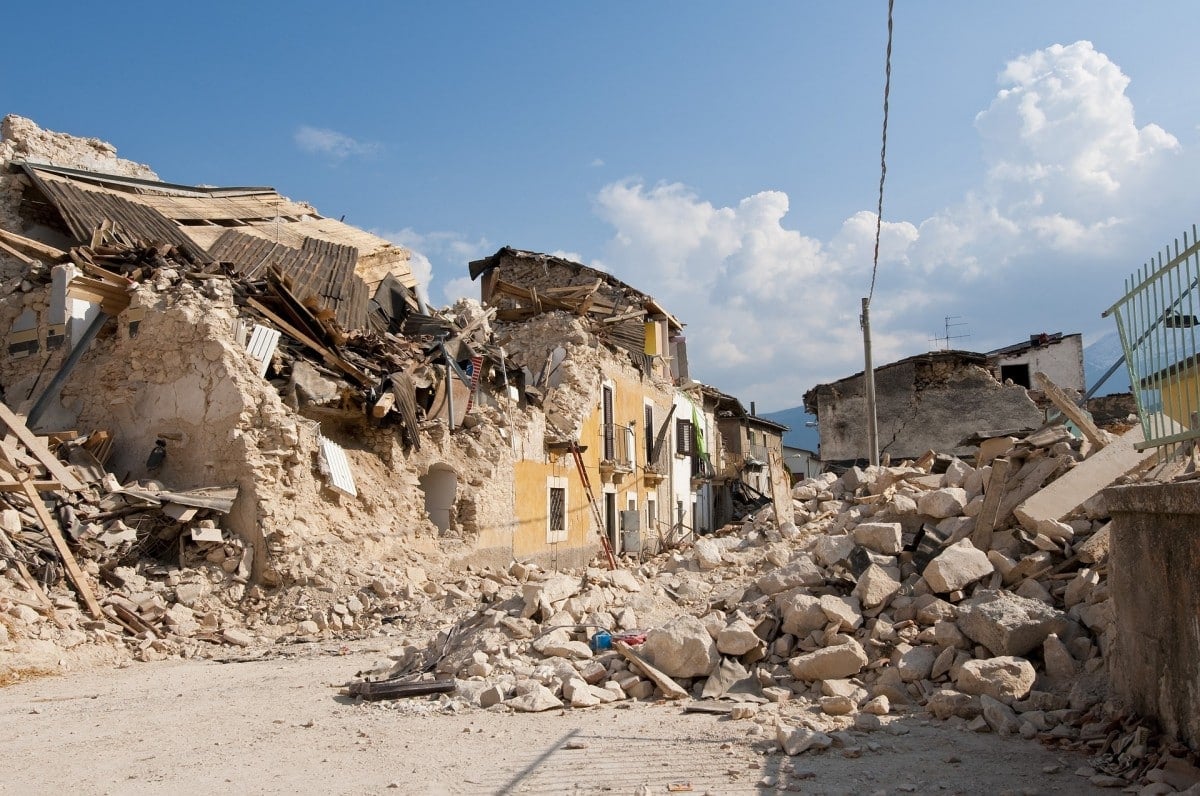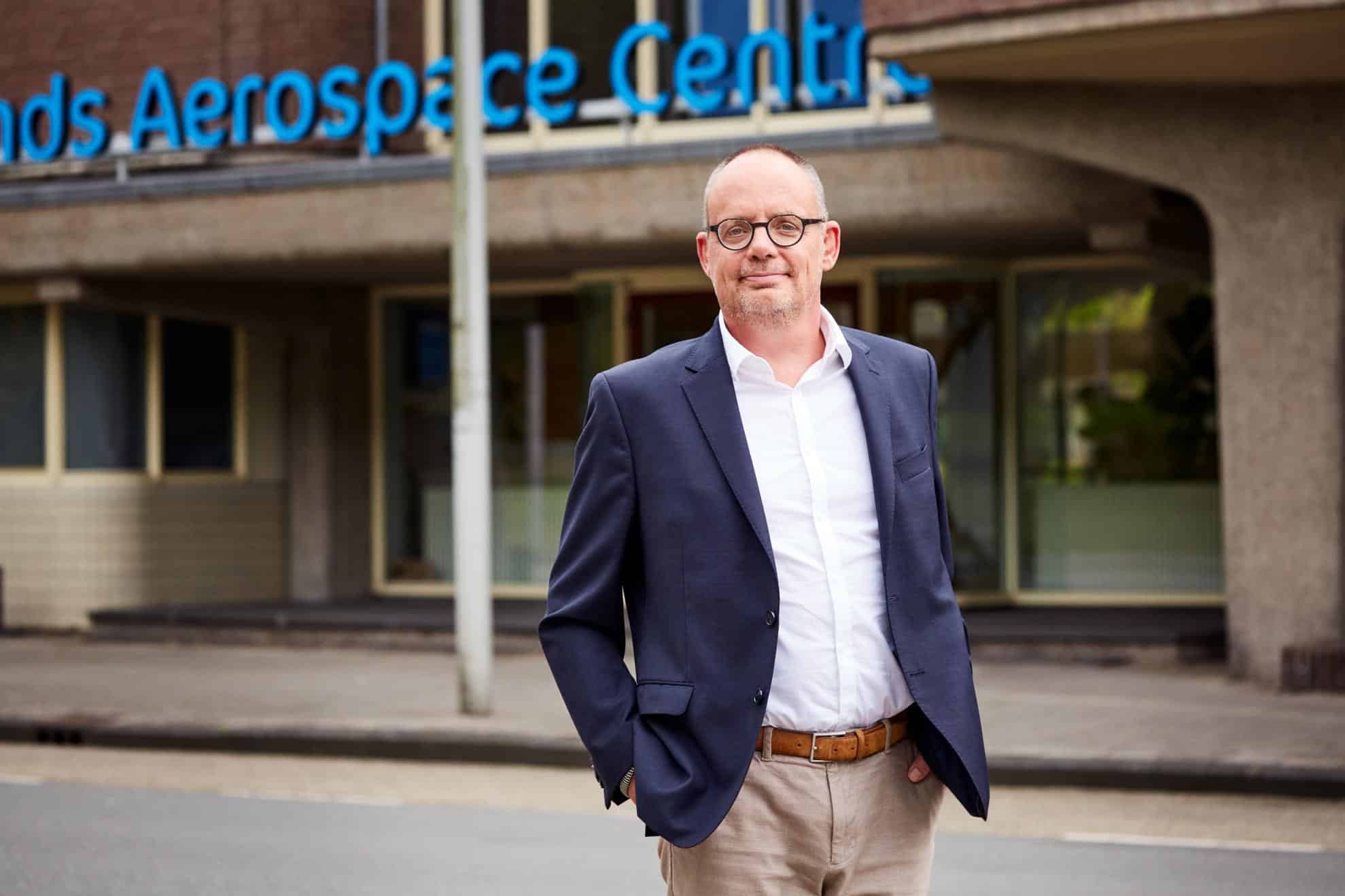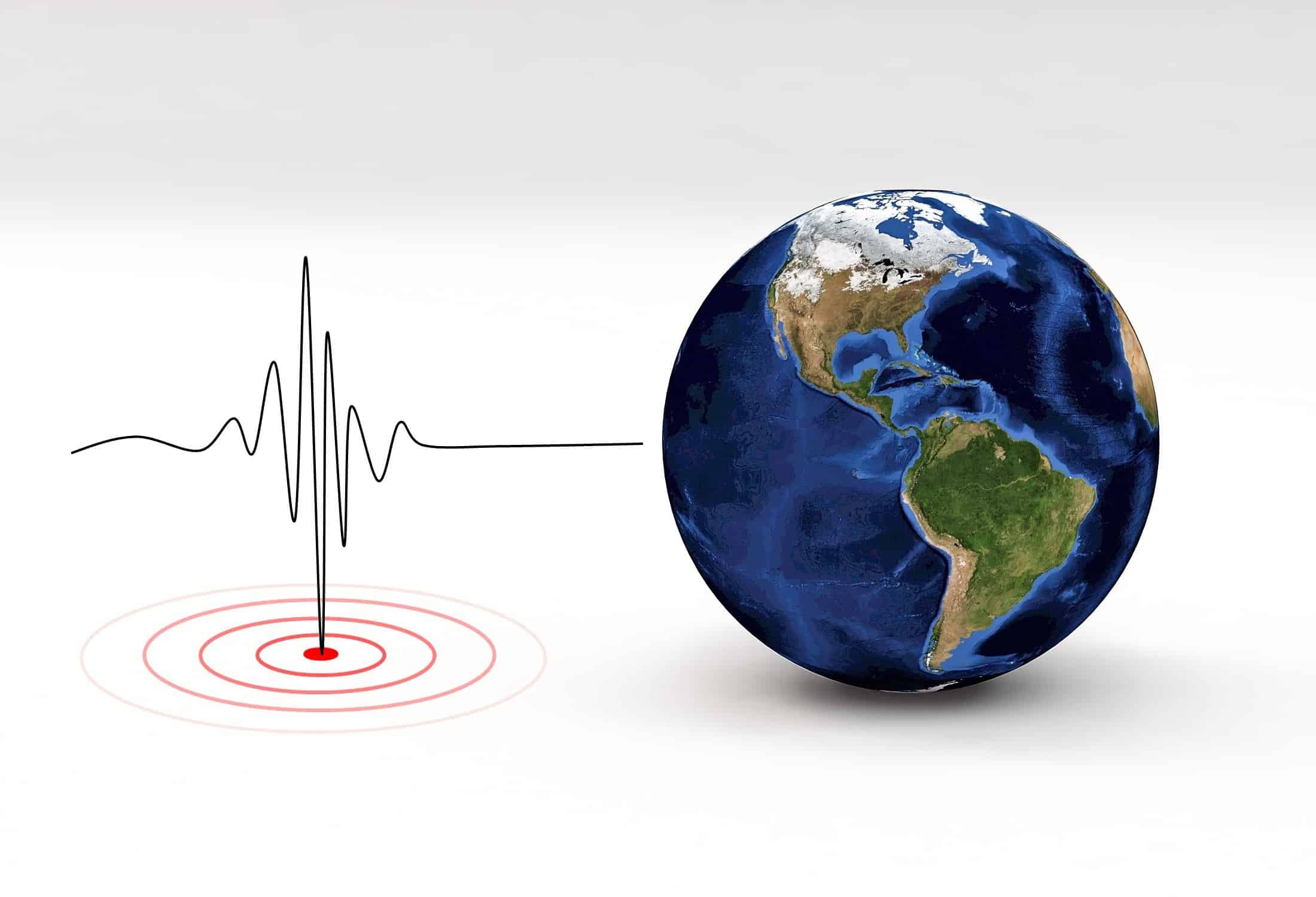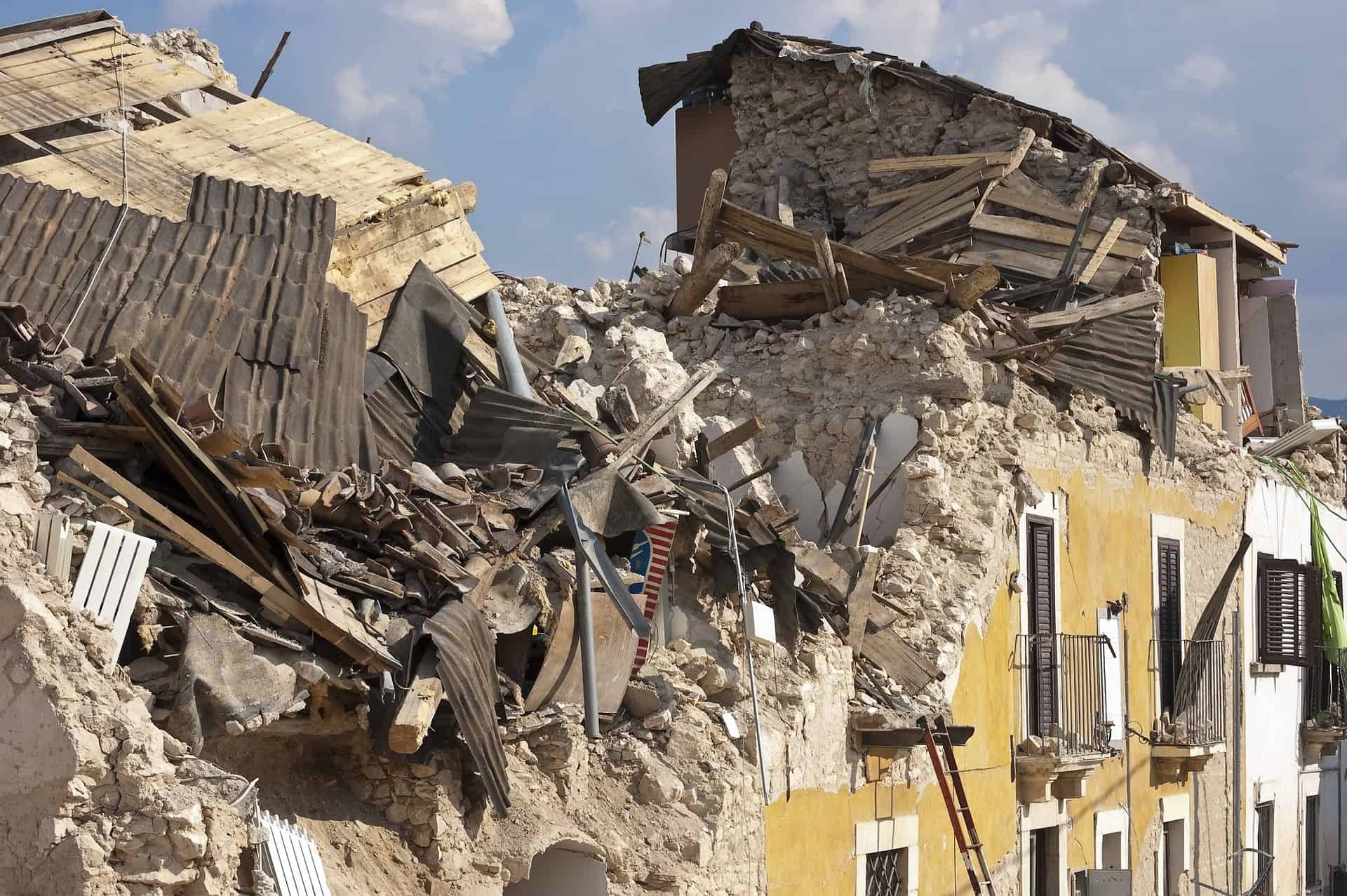
“Not far”, is Läslo Evers’ less than encouraging answer to the question of how far science has come in predicting earthquakes. Evers is head of the seismology and acoustics research department at KNMI and professor of seismo-acoustics at TU Delft. “No one can predict exactly where and when an earthquake will occur,” he says.

Such a prediction is complicated because a lot of information is needed. In addition, every fault line is different. “Then you are talking about questions such as: how easily or how difficult are tensions discharged along such a fault line? What are those tensions in the soil? When do they exceed a threshold? You would want to build a model that has all that in it, but that is almost impossible.”
Professor of geophysics at TU Delft Kees Wapenaar is research leader of the VIRTUAL SEIS programme. The program develops seismic technologies to better monitor earthquake-prone areas. Yet he also joins colleague Evers. “The measurements we use do not go further than four kilometers deep. They are mainly aimed at understanding effects of induced seismicity, such as in Groningen. Not on predicting it. Larger earthquakes often lie deeper and cover a much larger area. You can’t predict that exactly either.”
Anatolia is stuck
Monday’s earthquake is causing a major humanitarian disaster in Turkey and Syria. The death toll has now passed nineteen thousand and Erdogan has declared a state of emergency for the next three months.
The quake in Turkey was quite shallow – the hypocenter was eighteen kilometers away – and had major consequences in the epicenter; the location where the quake reaches the earth’s surface. Turkey lies on a relatively small plate – the Anatolian Plate – between three major tectonic plates: the Arabian, African, and Eurasian Plates. On Monday night, the small Turkish plate moved at least a few meters relative to the large Arabian plate within a minute. That caused an earthquake measuring 7.8 on the Richter scale.
Evers: “We call this a lateral shift. So the Earth has shifted a few meters along the fault line, but that fault line itself is hundreds of kilometers long.”
Aftershocks and soil composition
The earthquake is causing severe aftershocks. An aftershock of 6.9 on the Richter scale was measured on Monday and a day later, on Tuesday, of 5. The aftershocks arise because the earth is working to return to equilibrium, according to the professor. “These are huge blows again. These aftershocks are highly dependent on the type of earthquake and the source mechanism of the quake. In this case, those are the two pieces of earth’s crust that slide past each other.”
The composition of the soil is also an important factor for the effect of an earthquake, Evers explains. “If the soil near the surface of the earth consists of a soft sediment, such as clay or peat, the effects are very large. The seismic signal will then encounter less resistance.”

Earthquake-resistant construction
According to Evers, a logical follow-up question is what exactly we would benefit from a prediction. After all, we have known for a long time what kind of earthquakes occur where and what effects they have from history. “Don’t get me wrong, the disaster that is happening in Turkey and Syria is terrible. But the fact that this quake occurs in this region can easily be explained.”
According to the professor, it is therefore important to look at how a region can defend itself against an earthquake. International building codes exist for this. For example, in Europe we have the seismic building code ‘Eurocode 8’ and Japan has the ‘Builling Standard Law’.
Turkey lies on geological fault lines and it is not the first time that the country has been hit by such a strong earthquake. Another seventeen thousand people were killed in an earthquake in northwestern Turkey in 1999. After this quake, new rules were put in place. All new construction must meet earthquake-resistant measures, such as building with reinforced concrete. Many buildings that collapsed last week are from the 1980s and 1990s and do not meet these criteria.
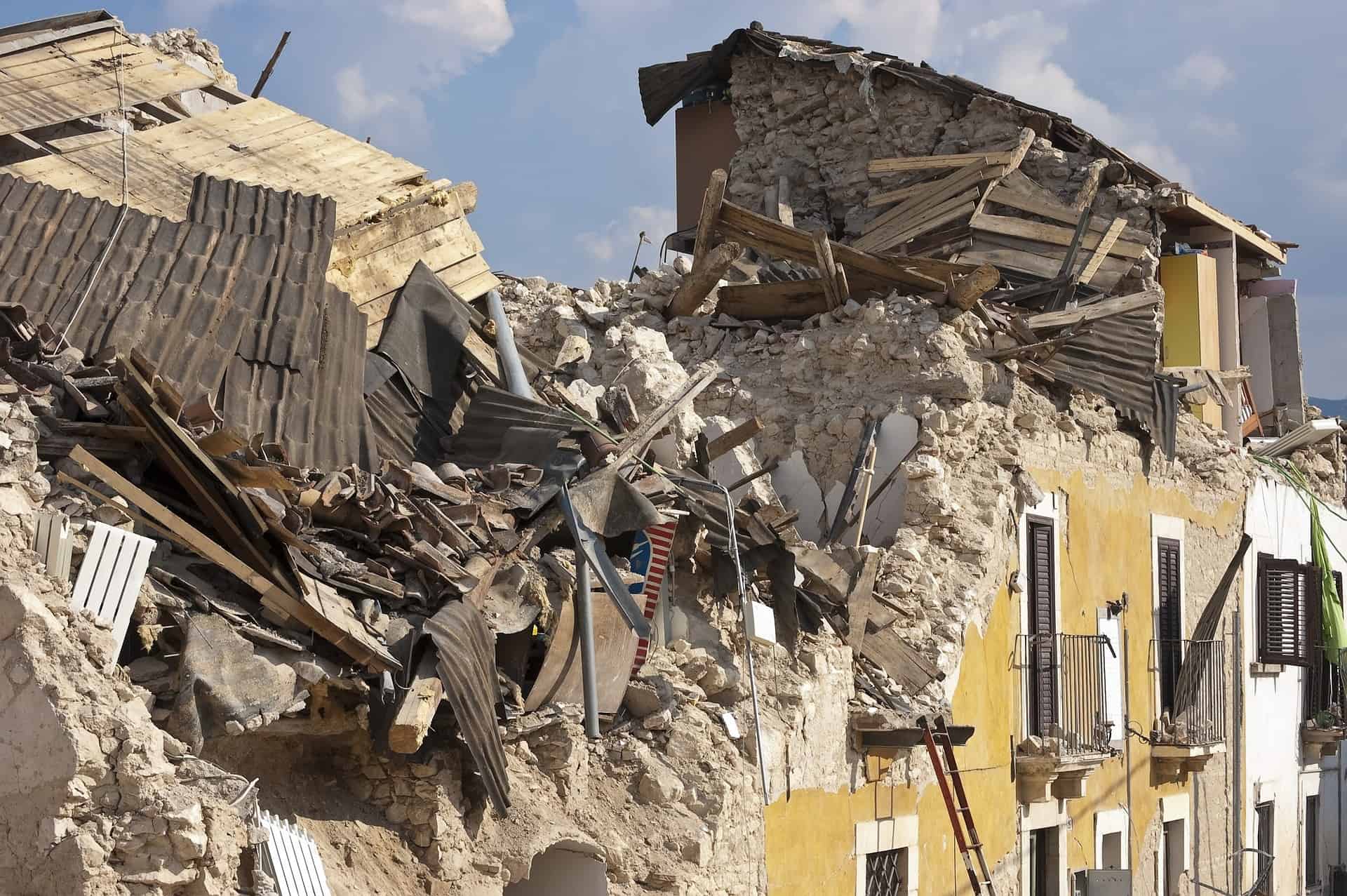
Seismological isolation
Seismological insulation is even better than building with reinforced concrete. Ishan Bal, former professor at Istanbul Technical University, explains how this works in this article by de Volkskrant (in Dutch). A building is then built on a double foundation. Balls move back and forth between the foundations, separating the building from the vibrating earth. Istanbul airport, seven hospitals in the south of Turkey, as well as new homes in Groningen, have all been built using this technology.
VirtualSeis
Although we are still a long way from being able to predict earthquakes, a lot of research is being done into predicting the effects of an earthquake. For example, Wapenaar’s VirtualSeis program has yielded promising results. By compiling virtual earthquake sources based on data from field measurements, the group can now accurately simulate the effects of an induced earthquake.

We have formed a lot of new theory and further developed our software with it. Our virtual resources are becoming more and more accurate. Colleague Guy Drijkoningen is also working on a new method in which we use fiber optic instead of geophones to take measurements. The big advantage of this is that you can measure continuously over the entire length of the fiber optic, instead of one geophone every twenty meters.”
VirtualSeis is linked to NWO’s larger DeepNL research program. The aim of this program is to broaden knowledge of the dynamics of the soil. For example, Auke Barnhoorn (TU Delft) is looking at simulating induced earthquakes at scale in a laboratory. “To see how we can improve predictions by using measurements,” Wapenaar concludes. The first results of the research are encouraging, but for now, only work on a laboratory scale.


